Running a mini-split system entails ongoing expenses. The monthly cost depends on various factors like climate, usage, and electricity rates. We will delve into these elements, helping you estimate your specific monthly expenses accurately.
How Much Does It Cost to Run a Mini Split Per Month?
When individuals opt for a mini-split system, they typically enjoy substantial reductions in cooling expenses. Monthly operational costs for a mini-split can range from under $12 to occasionally exceeding $500 in extreme circumstances.
However, the most mini-splits tend to run for less than $100 per month.
What is a Mini Split System?
A mini-split system, also called a ductless mini-split or ductless heat pump, is a highly efficient heating and cooling system for homes and buildings. It consists of two main components: an indoor air-handling unit and an outdoor compressor or condenser.
Mini-splits offer zoned climate control, allowing for individual temperature adjustments in different rooms, making them a versatile and energy-efficient HVAC solution.
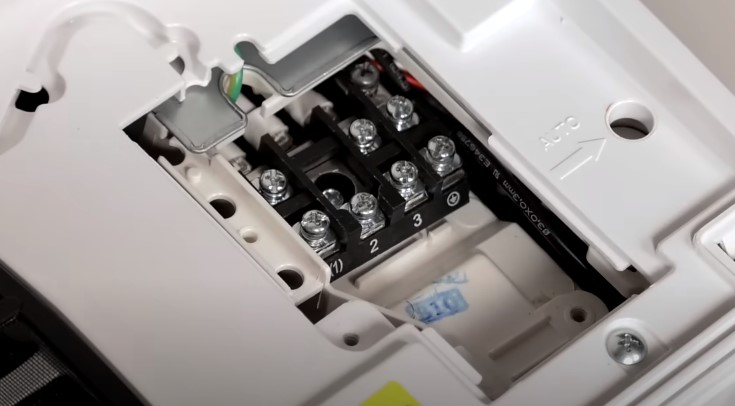
What is the Usage Rate?
Understanding usage rates is crucial when calculating a mini-split system’s monthly operating cost. Analyzing how often and for how long the system will run helps determine if a higher-efficiency model is worth the investment.
Differentiating between fixed and variable costs is essential, as it can lead to long-term savings. Efficiency should align with your specific usage needs. While more efficient models often come at a higher upfront cost, they can result in lower monthly operating expenses for heavier use.
Conversely, for sporadic and light heating or cooling needs, opting for a less efficient model initially might be more cost-effective. It’s important to note that real-world energy savings may differ from stated SEER ratings due to factors like humidity, temperature variations, and system settings.
Understanding these nuances and utilizing certified energy ratings like HSPF or SEER helps you select the best system for your usage rate and budget. By considering these factors, you can make an informed decision that optimizes monthly operating costs, prolongs your system’s lifespan, and minimizes energy bills.
Calculating monthly operational costs is the next step in gaining a clear picture of your mini-split system’s overall performance and cost-effectiveness.
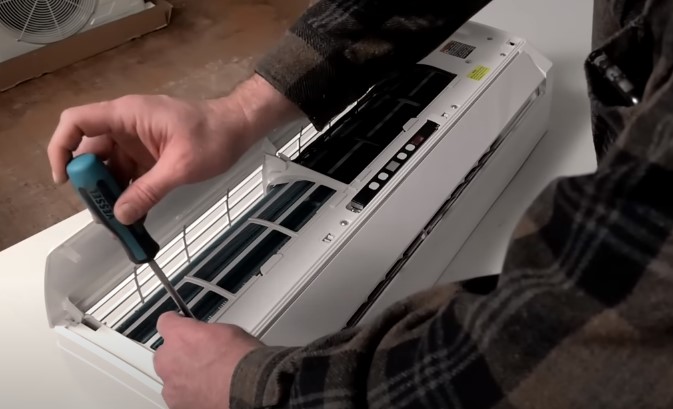
How to Determine Mini Split Electricity Usage and Running Cost?
To estimate your monthly mini-split running costs, you can use a straightforward formula:
Mini Split Running Cost = (Average Wattage × Electricity Price × Usage Hours) / 1000
For example, let’s calculate the monthly cost for a 12,000 BTU, 16 SEER mini-split. Assume an electricity price of $0.132/kWh and daily usage of 8 hours (240 hours per month). The 1000 factor converts watts to kilowatts.
To find the average wattage for your mini-split based on size and SEER rating, use this equation:
Average Wattage = (Size Of Mini Split in BTUs) / SEER Rating
For a 16 SEER, 12,000 BTU mini-split:
Average Wattage = 12,000 BTUs / 16 = 750 Watts
Now, plug in these values to calculate the monthly cost:
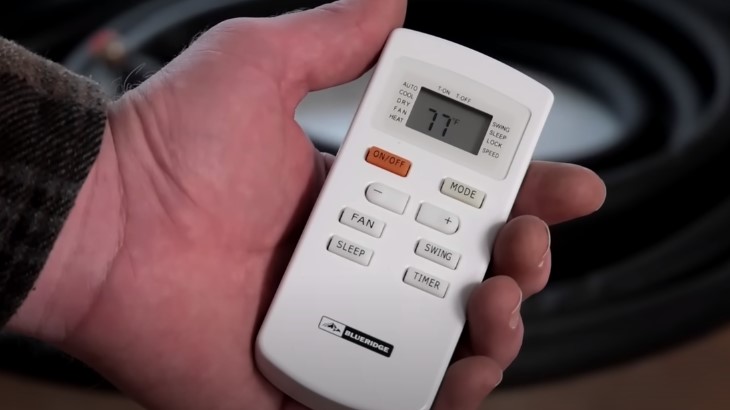
Mini Split Running Cost = (750W × $0.132 kWh × 240h) / 1000 = $38.02 Per Month
Running a 12,000 BTU, 16 SEER mini-split for 8 hours daily at $0.132/kWh will cost $38.02 per month.
Different Factors Affecting the Cost of Running a Mini Split Per Month
Running a mini-split system efficiently while keeping monthly costs in check involves considering various factors.
These factors collectively influence the cost of operating a mini-split per month and understanding them is essential for making informed decisions about your HVAC system. Below are the key elements that impact these costs.
Energy Efficiency and SEER Rating
One of the most critical factors affecting mini-split operating costs is the energy efficiency of the system, typically measured by its Seasonal Energy Efficiency Ratio (SEER) rating.
Higher SEER ratings indicate greater efficiency, meaning the system can produce more cooling or heating for each unit of electricity consumed.
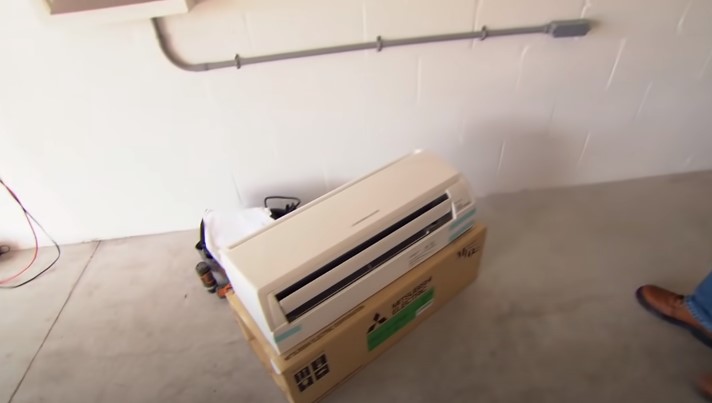
Choosing a mini-split with a higher SEER rating often results in lower monthly operating costs, making it a smart long-term investment. However, more efficient units tend to come with a higher upfront price tag.
Usage Patterns and Hours
The number of hours your mini-split runs daily plays a substantial role in determining your monthly costs. The longer it operates, the higher your energy bill. Factors such as your climate, personal comfort preferences, and daily routines all influence usage hours.
Therefore, it’s crucial to assess your unique needs accurately. If your mini-split runs for extended periods, investing in a highly efficient model may lead to significant savings over time.
Electricity Rates
Electricity prices vary widely by location and utility provider. These rates significantly impact your monthly mini-split operating costs. Areas with lower electricity rates tend to have lower monthly expenses for running a mini-split.
To estimate your costs accurately, it’s essential to know the current electricity rates in your area and factor them into your calculations.
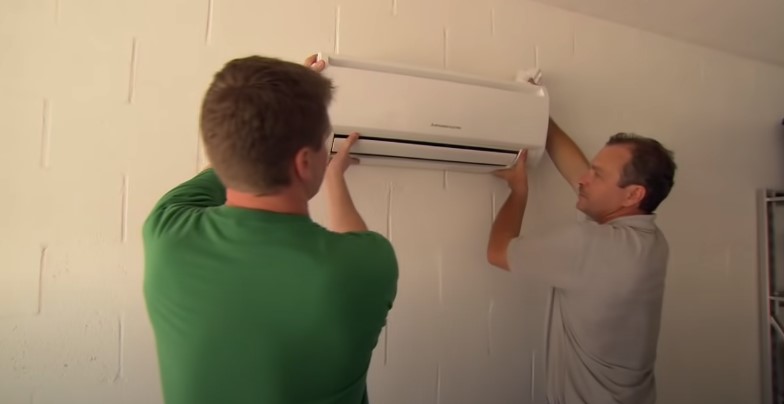
Mini-Split Size and Capacity
The size and capacity of your mini-split system are key determinants of its monthly operating costs. Oversized units may cycle on and off more frequently, leading to increased energy consumption.
Undersized units, on the other hand, may struggle to maintain desired temperatures efficiently. It’s essential to select a mini-split system that matches the heating and cooling requirements of the space it serves to ensure optimal performance and cost-effectiveness.
Maintenance and Service
Regular maintenance and servicing of your mini-split system can impact its efficiency and, subsequently, monthly operating costs. Dirty filters, clogged coils, and other issues can reduce a mini-split performance, making it work harder and consume more energy.
Routine maintenance helps keep your system in peak condition, ensuring it operates efficiently and minimizes monthly expenses.
Climate and Temperature Extremes
Local climate and temperature extremes significantly affect mini-split operating costs. In regions with extremely hot or cold weather, mini-splits may need to work harder to maintain desired indoor temperatures, resulting in higher energy consumption.
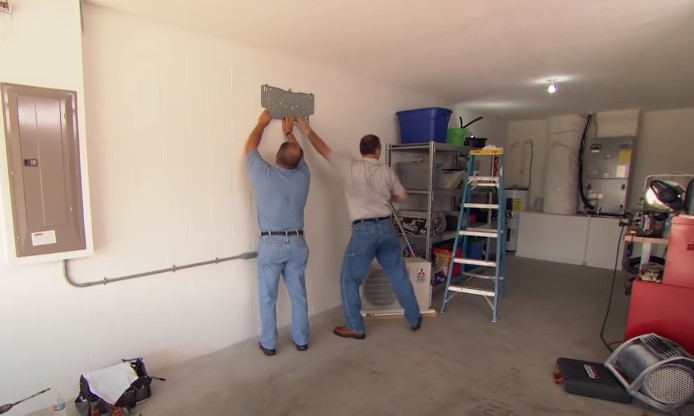
Proper insulation and weatherization of your home can mitigate these effects and help reduce monthly costs.
Zoning and Temperature Settings
Mini-split systems offer the advantage of zoning, allowing you to control the temperature in individual rooms or zones. Utilizing zoning effectively can help minimize energy consumption by only conditioning spaces that are in use.
Additionally, setting your mini-split to the most energy-efficient temperature settings during heating and cooling seasons can lead to substantial cost savings.
Installation Quality and Location
The quality of installation and the placement of your mini-split units can significantly affect their efficiency and, consequently, monthly operating costs. Poorly installed units may have leaks, insufficient insulation, or inadequate sealing, leading to energy wastage.
Ensuring a professional installation and placing indoor and outdoor units in optimal locations can help maximize efficiency and reduce operating expenses.
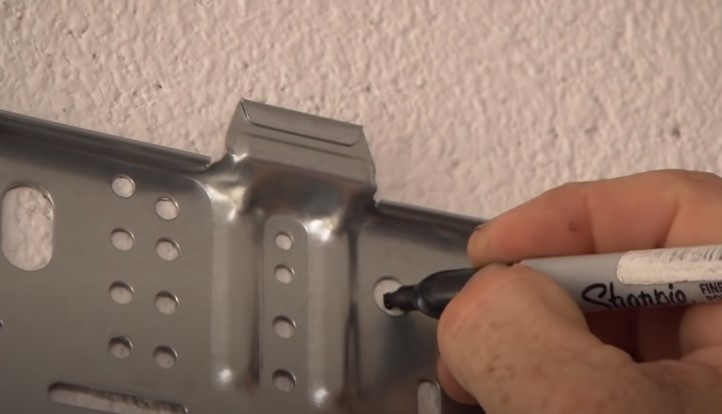
Humidity Levels
Humidity levels can influence how your mini-split system operates. In humid conditions, the system may need to work harder to remove moisture from the air, leading to increased energy consumption.
To minimize humidity-related energy costs, consider using a mini-split system with a dehumidification feature or using a standalone dehumidifier in tandem with your mini-split.
System Age and Technology Advances
Advancements in mini-split technology have led to more energy-efficient models over the years. Older systems may not offer the same level of efficiency as newer ones.
Upgrading to a more modern mini-split system with improved technology can lead to reduced monthly operating costs, making it a worthwhile consideration if your current unit is outdated.
How to Minimize Operating Expenses for a Mini Split System?
Minimizing operating expenses for a mini-split system is a prudent approach to maintaining a comfortable indoor environment while keeping energy costs under control.
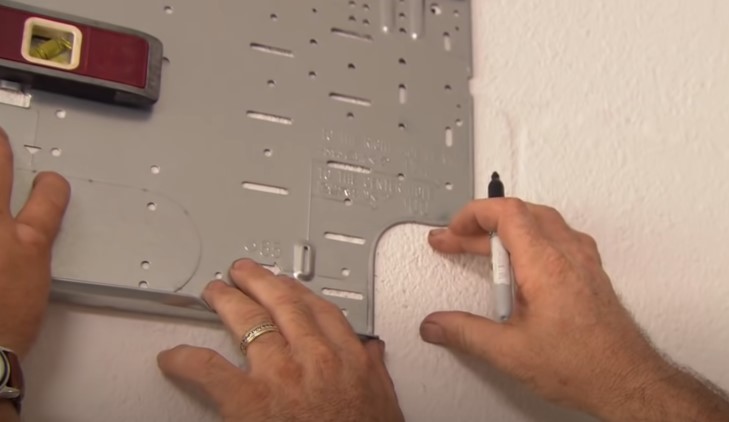
Below are several strategies and best practices to help you reduce monthly operating expenses for your mini-split system, ensuring both comfort and cost-effectiveness.
Choose an Energy-Efficient Mini Split System
The foundation of cost-effective operation begins with selecting an energy-efficient mini-split system. Pay close attention to the Seasonal Energy Efficiency Ratio (SEER) rating, as higher SEER ratings indicate greater efficiency.
While more efficient units may come with a higher upfront cost, they often lead to significant long-term savings in monthly operating expenses. Evaluate your specific cooling and heating needs to determine the appropriate SEER rating for your situation.
Proper Sizing Matters
Selecting the right-sized mini-split system for your space is crucial. An oversized unit may cycle on and off frequently, consuming more energy and leading to temperature fluctuations. Conversely, an undersized unit will struggle to maintain comfortable indoor temperatures efficiently.
Consult with a professional HVAC technician to ensure your mini-split system is sized correctly for your space, optimizing both performance and cost-effectiveness.
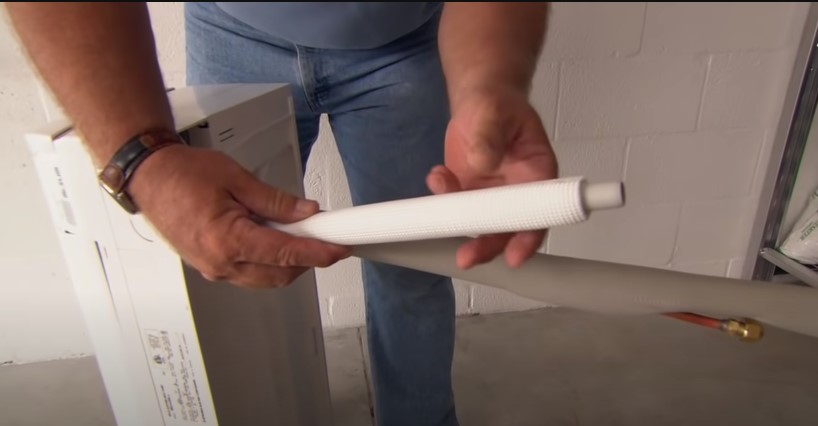
Optimize Temperature Settings
Efficiently managing your mini-split temperature settings can lead to substantial cost savings. During cooling seasons, set your mini-split to a slightly higher temperature when you’re away or asleep and adjust it to a more comfortable temperature when you’re active at home.
In heating seasons, lower the temperature when you’re away or asleep and raise it as needed. Each degree of adjustment can make a noticeable difference in energy consumption.
Utilize Zoning Features
Mini-split systems offer zoning capabilities, allowing you to control temperatures in different zones or rooms independently. Make the most of this feature by only conditioning spaces that are in use.
By focusing cooling or heating efforts where needed, you can reduce overall energy consumption and minimize operating costs.
Regular Maintenance and Servicing
Routine maintenance is essential to keep your mini-split system operating efficiently. Dirty filters, clogged coils, and other issues can impede airflow and reduce performance.
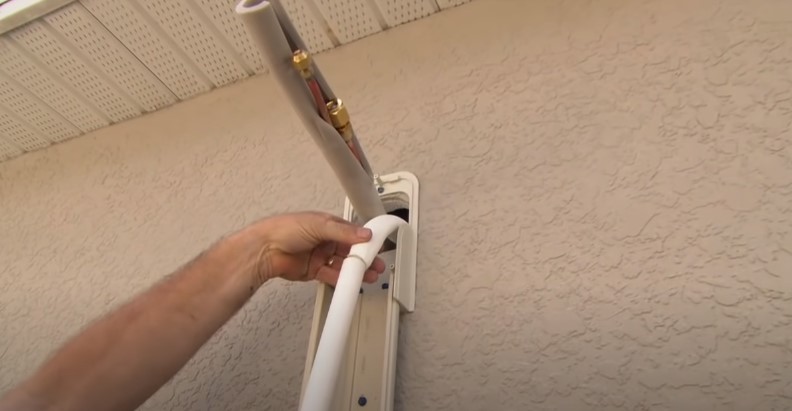
Schedule regular maintenance appointments with a professional technician to clean and inspect your mini-split system. This not only ensures optimal efficiency but also extends the system’s lifespan.
Ensure Proper Insulation and Weatherization
A well-insulated and weatherized home is less susceptible to temperature fluctuations, reducing the workload on your mini-split system. Properly insulate walls, windows, and doors, and seal any gaps or leaks in your home’s envelope.
This prevents conditioned air from escaping and outdoor air from infiltrating, resulting in lower energy consumption and operating costs.
Take Advantage of Technology Advances
Consider upgrading to a more advanced mini-split system if your current unit is outdated. Technological advancements have led to more energy-efficient models with enhanced features.
Newer mini-splits often offer improved performance and cost savings, making them a worthwhile investment in the long run.

Use Dehumidification Features Wisely
In regions with high humidity, mini-split systems with dehumidification capabilities can be advantageous. These systems help reduce indoor humidity levels, allowing you to set your thermostat at a slightly higher temperature while maintaining comfort.
By utilizing dehumidification effectively, you can lower energy consumption and operating costs.
Monitor and Control Remotely
Many modern mini-split systems come with remote control and monitoring capabilities through smartphone apps or smart home devices. Take advantage of these features to adjust settings remotely, ensuring your mini-split operates efficiently even when you’re away from home.
This real-time control allows you to make immediate adjustments to temperature settings and usage patterns, further optimizing energy consumption.
Stay Informed About Energy Rebates and Incentives
Check for local or federal energy rebates and incentives that may be available for energy-efficient HVAC systems, including mini-splits. These incentives can help offset the initial purchase cost of a high-efficiency mini-split system, making it even more cost-effective over time.
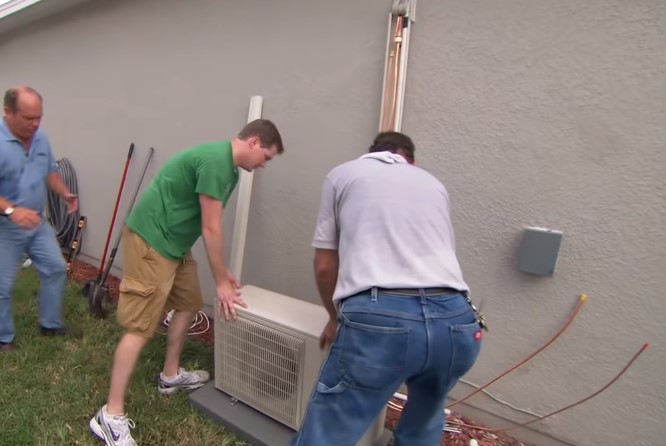
What Energy Efficiency Ratings Should You Look for When Evaluating Mini Splits?
When considering mini-split systems, prioritize Energy Star-Certified models with excellent efficiency ratings. Efficiency is gauged by the SEER rating (Seasonal Energy Efficiency Ratio), with higher ratings signifying superior energy efficiency.
A SEER rating exceeding 16 implies reduced power consumption for cooling or heating, translating into substantial electricity bill savings. Therefore, comparing SEER ratings is vital when selecting a mini-split system to optimize energy efficiency and lower monthly operating expenses.
Reputable brands may also hold certifications from organizations like CSA International and AHRI, guaranteeing top-notch performance and quality.
How Can You Properly Size a Mini Split to Suit Your Needs?
Properly sizing your mini-split system is vital for both comfort and energy efficiency. To determine the right size, consider factors like room size, construction materials, climate, and internal factors such as lighting and appliances.
Sometimes, external elements like sunlight and wind must also be factored in. Start by measuring the room’s square footage to gauge the cooling area. Account for wall height, ceiling layout, and features like windows or furniture that influence temperature.
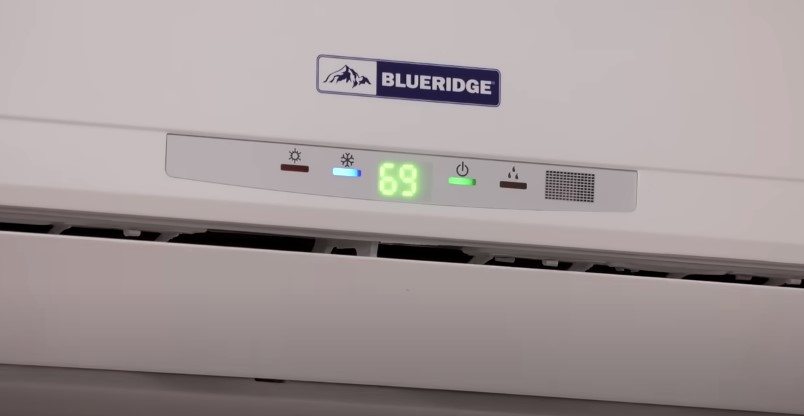
Factor in climate conditions, including humidity levels and typical temperature ranges. Larger systems are needed if there’s a significant temperature difference between indoors and outdoors.
For high-humidity areas, ensure your mini-split can handle extra moisture, possibly with an outdoor air treatment unit (ATU). Consider internal loads like lighting, fans, and appliances, as they affect air temperatures.
If they contribute to cooling or heating, you may need a larger capacity mini-split system to compensate. To determine the ideal size, use a professional sizing calculator (often offered by HVAC installers) or consult an experienced HVAC installer for guidance on selecting the right mini-split capacity for your specific needs.
Are There Any Hidden Costs or Fees Associated With Running a Mini Split?
Running a mini-split system offers energy-efficient heating and cooling, but it’s essential to consider potential hidden costs and fees that can impact your overall expenses. While mini-splits are generally cost-effective, several factors can contribute to hidden costs:
Installation Expenses
The initial installation of a mini-split system can incur costs that are sometimes overlooked. These include hiring a professional HVAC technician, purchasing necessary materials like mounting brackets and piping, and any structural modifications required to accommodate the indoor and outdoor units.

Regular Maintenance
Maintaining your mini-split system is critical for optimal performance and longevity. Neglecting routine maintenance can lead to inefficiencies and increased energy consumption, potentially resulting in higher operating costs over time. Maintenance costs may include filter replacement, coil cleaning, and professional servicing.
Repair Costs
Like any HVAC system, mini-splits can develop issues or require repairs over their lifespan. Repair costs, including replacement parts and labor fees, can be unexpected expenses that affect your budget.
Energy Bills
While mini-splits are known for their energy efficiency, the actual cost of running your system depends on factors like usage patterns, climate, and electricity rates. Higher usage or extreme weather conditions can lead to elevated energy bills.
Additional Features and Accessories
Some mini-split systems offer additional features like advanced filtration, dehumidification, or smart home integration. These features may come at an extra cost but can enhance comfort and indoor air quality.
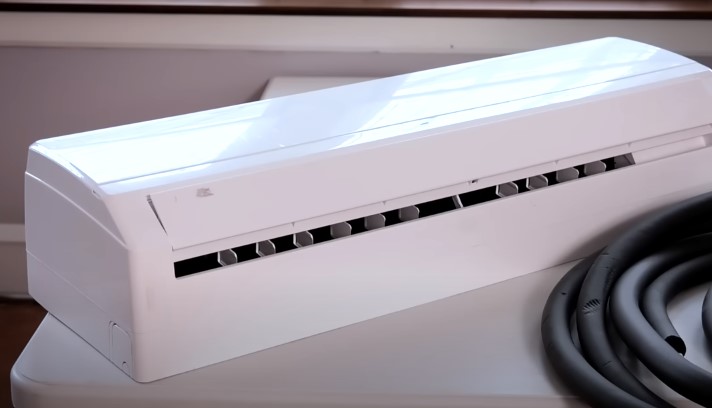
Warranty and Extended Warranty Costs
While many mini-split systems come with manufacturer warranties, extended warranties may be available for additional protection. Considering the cost of warranties and their coverage terms is essential when assessing hidden costs.
Permit Fees
Depending on your local regulations, you may need permits for mini-split installation. These fees vary by location and should be factored into your budget.
Replacement Costs
Mini-split systems have a finite lifespan, typically around 15-20 years with proper maintenance. Planning for the eventual replacement of your system is crucial, as the cost of a new mini-split can be a significant expense.
Energy Efficiency Improvements
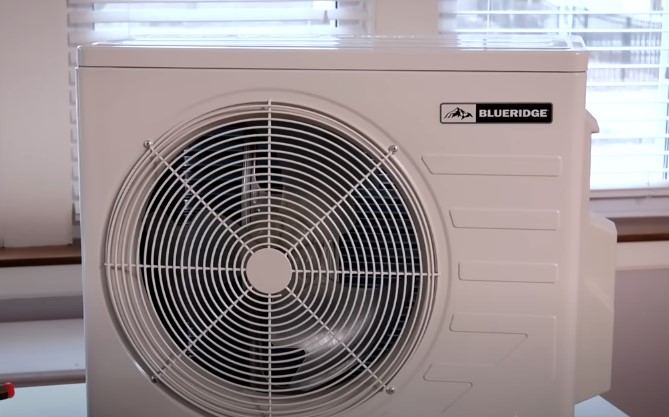
To maximize energy savings, you may choose to invest in additional improvements like insulation or weatherization. While these upgrades reduce long-term energy costs, they come with upfront expenses.
Conclusion
Managing the monthly operational expenses of a mini-split system hinges on factors like efficiency, usage patterns, local electricity rates [1], and maintenance. By considering these aspects carefully, you can strike a balance between comfort and cost-effectiveness in your HVAC system.

